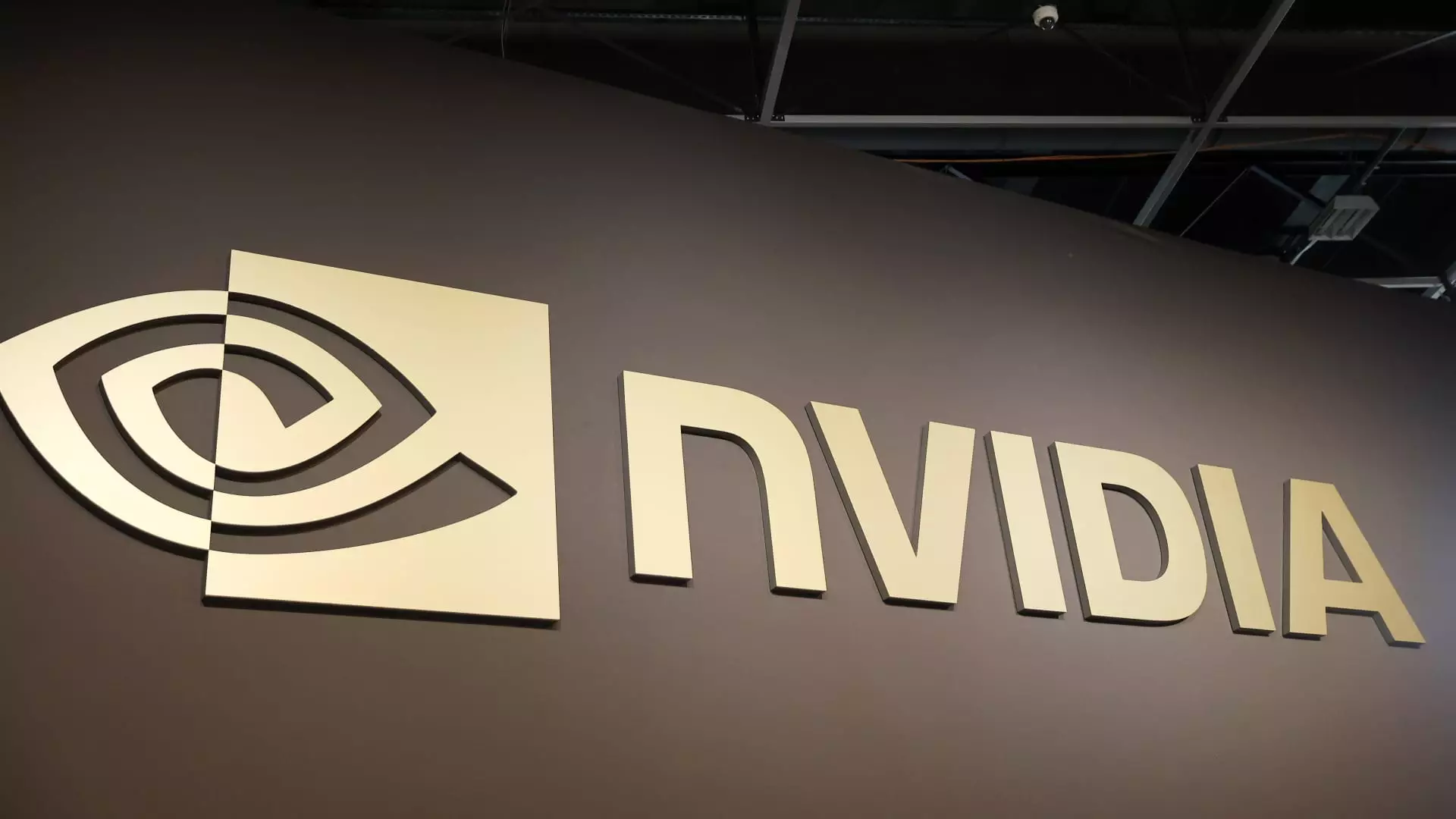7 Compelling Reasons Nvidia’s AI Exodus Is Set to Ignite a Massive Market Surge

Nvidia’s recent ascent to record stock prices paints an optimistic picture on the surface, but the underlying story is far more nuanced. Early in 2025, the company’s stock faced a persistent drag due to geopolitical uncertainties, notably U.S. export controls on China—a massive player in the global semiconductor market. While onlookers celebrated its streak of new all-time highs, many investors wrestled with doubts about the sustainability of Nvidia’s meteoric growth. The stock’s sideways journey through much of the previous year illustrated a market trying to digest gains that seemed perhaps too good to be true. The chipmaker’s phenomenal rise, driven largely by its leading position in AI hardware, challenged even its staunchest supporters to reconcile enthusiasm with caution.
Market Sentiment: Between Euphoria and Skepticism
Much of the skepticism around Nvidia stems from a classical investment paradox: extraordinary success invites equally extraordinary doubts. Analysts and investors alike flagged concerns that the company’s “remarkable growth story” might eventually run into natural limits. Gene Munster, a well-regarded technology analyst, voiced a commonly held unease about the longevity of Nvidia’s trajectory, highlighting that despite the promise of AI, shareholders struggled to find peace of mind. The fears aren’t unfounded; the AI semiconductor space is extraordinarily dynamic, and the march of innovation means competitors and shifting industry demands could rapidly change the landscape. Still, the doubts seem to underestimate Nvidia’s strategic moat and persistent innovation pipeline.
Technical Insights Hint at a Bullish Turnaround
Technically, Nvidia’s recent performance suggests a shift in momentum that may herald a sustained rally. The company’s stock chart formed a classic bullish indicator known as a “golden cross,” where the 50-day moving average crosses above the 200-day moving average. Traders regard this as one of the strongest signals that a long-term upward trend is materializing. This formation didn’t merely reflect a momentary bounce but a potential reshaping of investor confidence, anchored in both fundamental strengths and market psychology. Jordan Klein of Mizuho Capital points out that Nvidia is carving out ground after lagging behind some competitors, and anticipates a significant uplift when the company reports earnings, fueled by new product rollouts.
Blackwell Chip: The Catalyst Investors Have Been Waiting For
The rollout of Nvidia’s Blackwell chip, set to scale up through the summer months, is arguably the next big catalyst capable of propelling Nvidia’s revenue and margins to new levels. Analysts like Klein and Zino believe the market has only partially priced in Blackwell’s impact, leaving room for share prices to climb further. This cutting-edge technology is expected to not only bolster Nvidia’s growth through volume sales but also improve profitability through margin expansion—areas investors clamor for but often find elusive. Nvidia’s capacity to consistently innovate, iterating rapidly on AI hardware, remains arguably its greatest competitive advantage and differentiator amidst market uncertainties.
The Resilience of Nvidia’s Valuation Amid Market Doubts
Even at new highs, Nvidia’s valuation remains remarkably justified when looking through the lens of price-to-growth metrics. Despite its elevated share price—a natural byproduct of past successes—Nvidia arguably remains one of the few large-cap tech stocks offering a compelling balance of earnings momentum and future growth potential. Munster highlights the attractive “price-to-growth” calculus despite heightened valuations, underscoring the company’s ability to nurture innovation-driven expansion. This valuation resilience supports a more confident stance in a market saturated with inflated tech valuations and speculative bubbles.
Why the Custom Chip Threat Is Overstated
Some investors worry about the long-term threat posed by hyperscalers like Meta and Google developing their own custom AI chips, which could erode Nvidia’s dominance. However, this potential headwind appears overblown upon closer examination. Developing advanced semiconductor technology in-house is prohibitively expensive and time-consuming, requiring vast resources and deep technical expertise. Nvidia’s extensive R&D investments, specialized manufacturing partnerships, and years of incremental architectural refinement create a formidable barrier to entry. The multimillion-dollar poaching wars over top AI talent—evidenced by Meta’s aggressive hiring spree targeting OpenAI engineers—highlight that even tech giants recognize the challenge of building the world-class chipsets Nvidia designs.
Nvidia and the Broader AI Wave: An Early-Stage Opportunity
The AI revolution is still in its infancy, notwithstanding the intense buzz. Nvidia sits comfortably at the epicenter of what is arguably the most transformative technology trend of our time. The company’s hardware underpins virtually all leading AI models, making it not just a market participant but a foundational enabler of AI’s rapid expansion. Investors who recognize this early-stage nature understand that Nvidia is positioned less as a fleeting beneficiary and more as a strategic long-term play. The relentless buildout of AI infrastructure, combined with the growing dependence on GPU-accelerated computing, suggests that Nvidia will continue to command premium valuations well into the future. The company’s trajectory is less a tale of short-term hype and more a testament to its enduring indispensability in the AI ecosystem.





